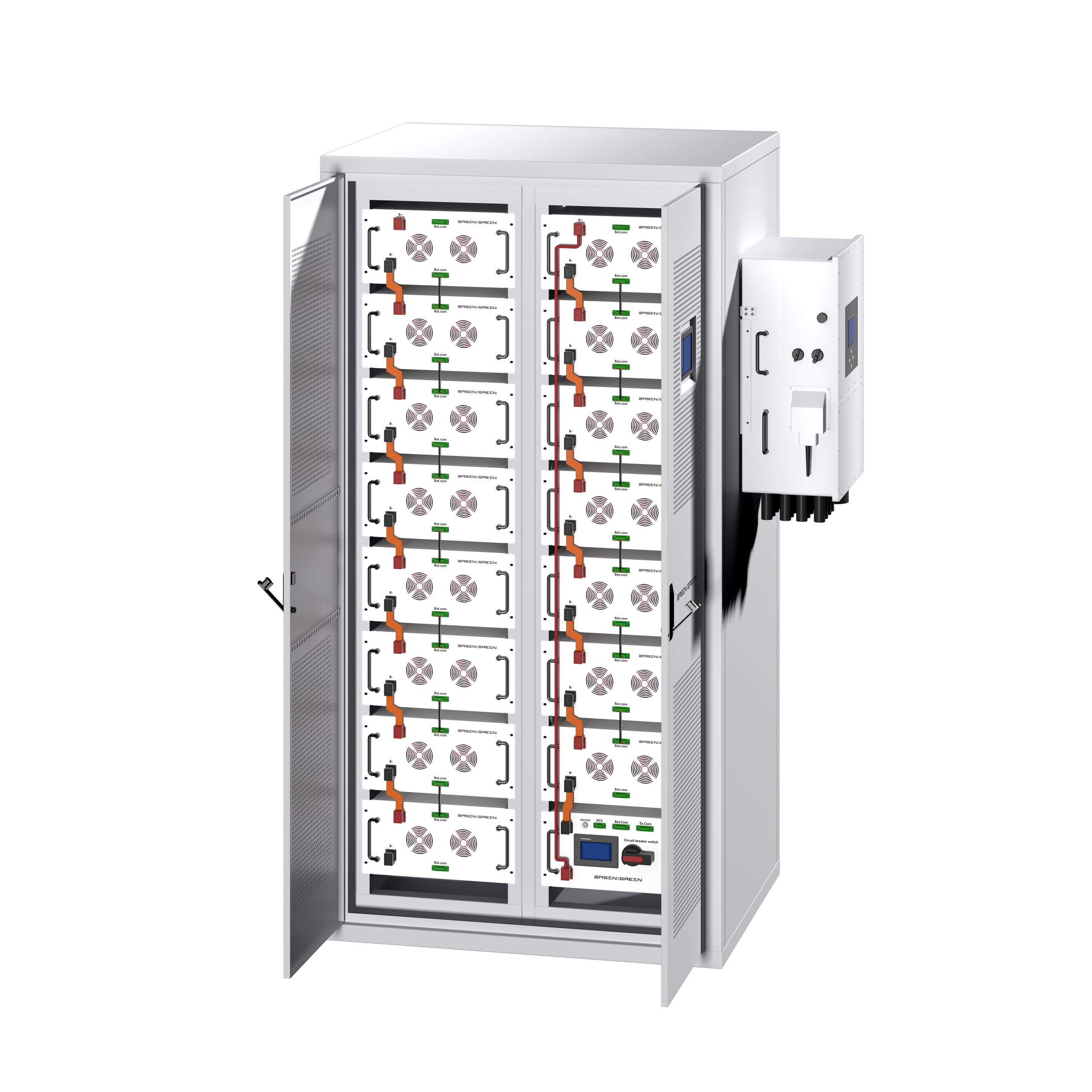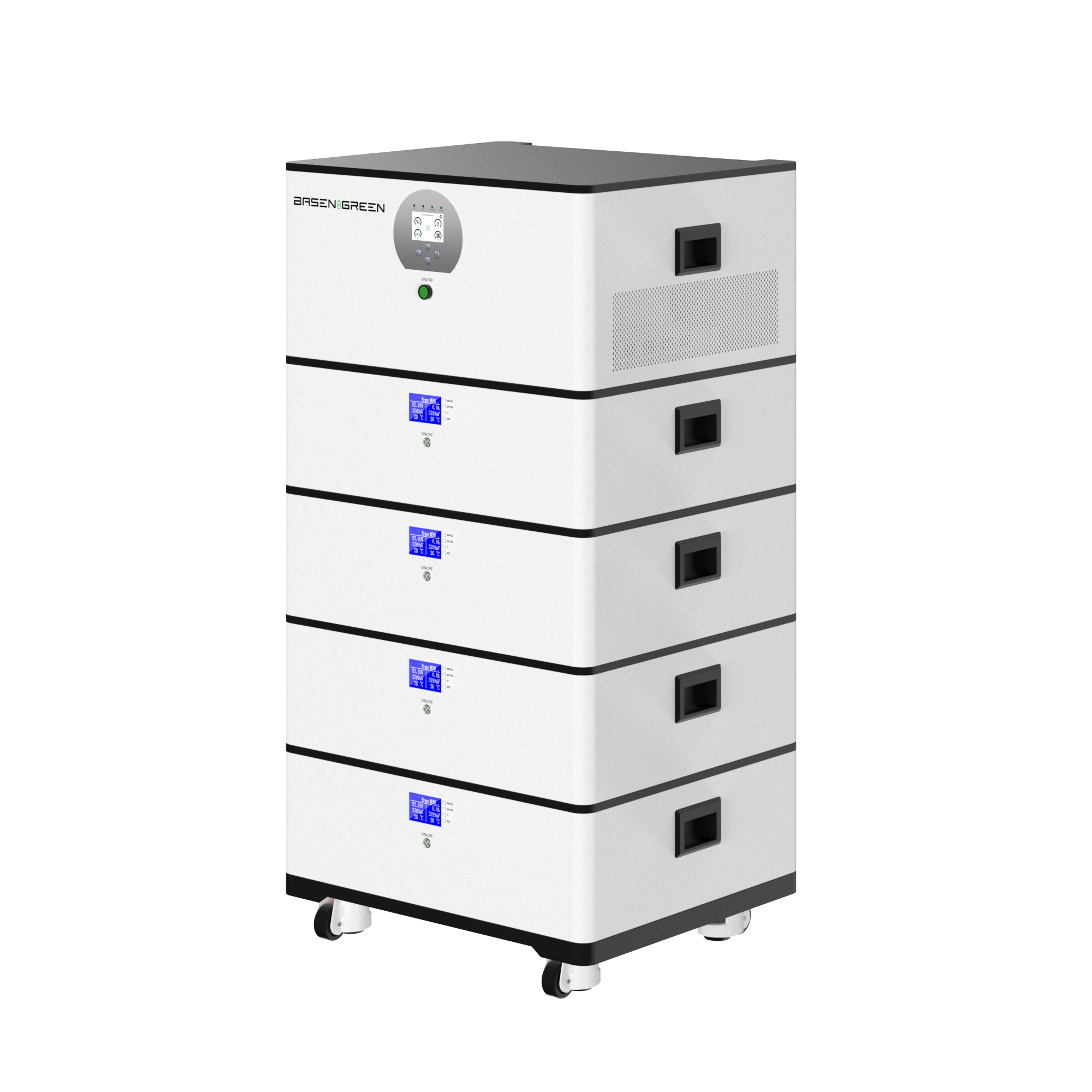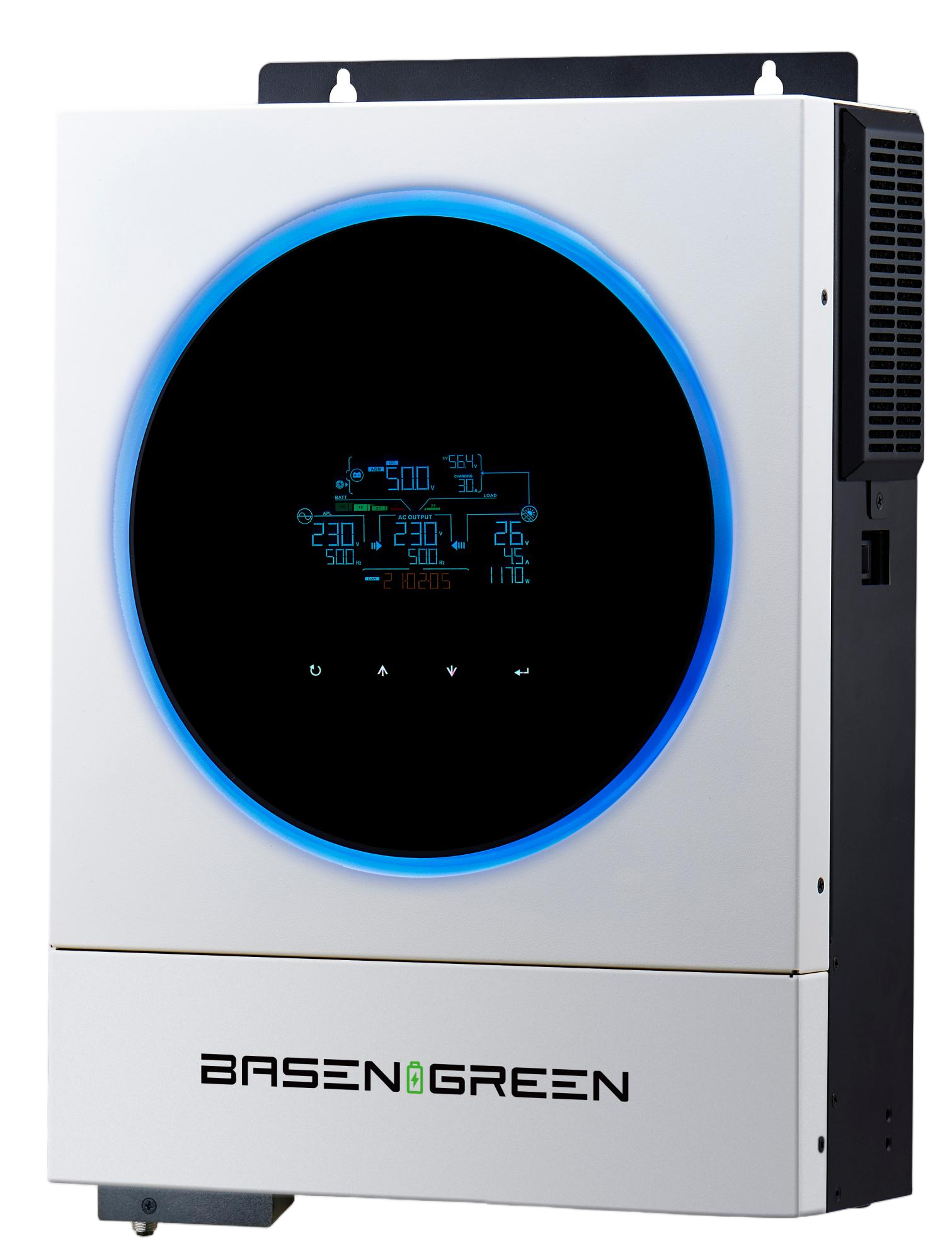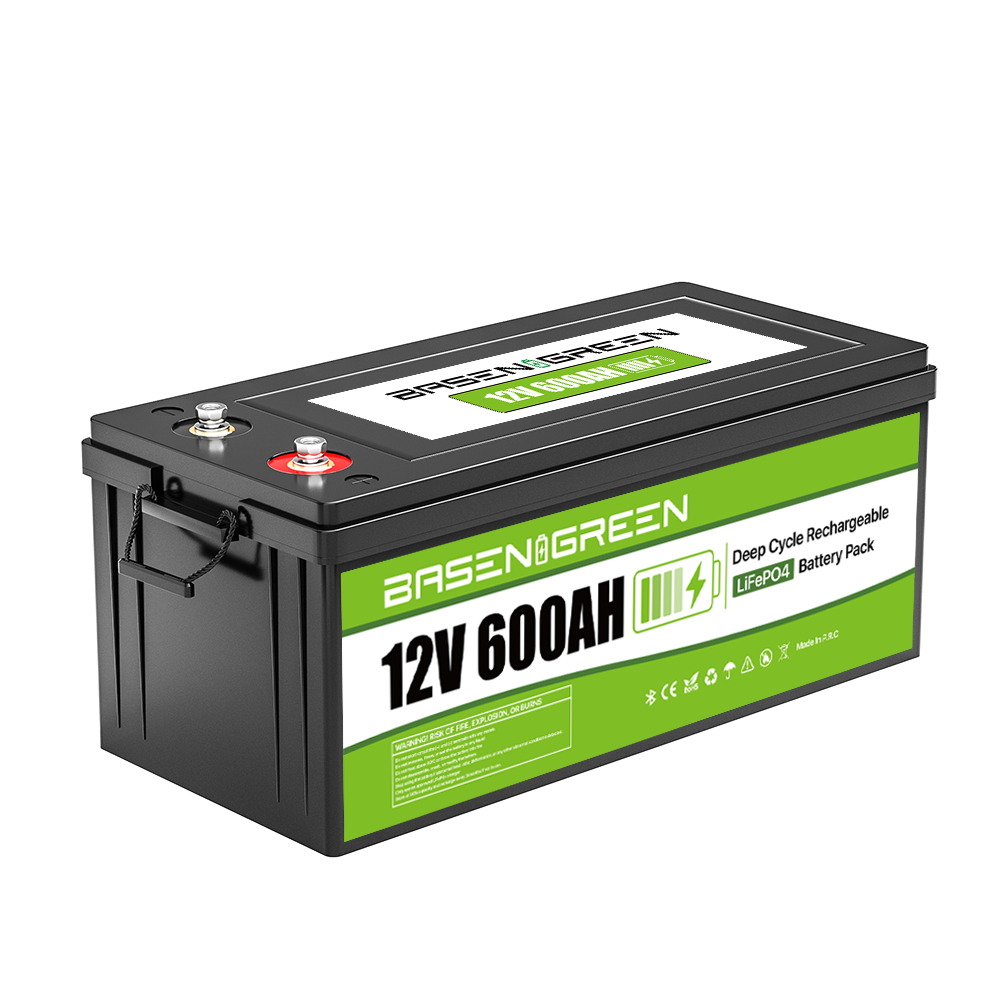As the global shift toward renewable energy accelerates, new energy storage systems (ESS) have become a critical foundation for stabilizing green power grids. In the second half of 2025, the energy storage industry is experiencing an explosive surge, but the supply chain is feeling the heat—lithium battery cells, the core component of ESS, are in severe shortage.
📈 Surging Demand Meets Capacity Bottleneck
According to CNESA, global new energy storage installations are projected to exceed 520 GWh in 2025, a year-over-year growth of over 60%. Applications such as residential storage, commercial & industrial (C&I) storage, and grid-side frequency regulation are expanding rapidly.
However, production of storage-specific battery cells hasn’t kept pace. Most top-tier lithium cell manufacturers now report that orders are booked through Q1 of 2026, with delivery delays becoming the new normal. The supply-demand imbalance is pushing the industry into what experts are calling a “battery cell famine.“
🔍 Quota Systems Emerge Amid Supply Constraints
Due to production limitations, battery manufacturers have begun to prioritize large-volume clients, introducing quota-based allocation systems. Leading ESS brands are guaranteed cell supply, while smaller integrators face price increases, extended lead times, or even project cancellations.
Unlike EV batteries which chase high energy density and rapid innovation, storage-grade LiFePO₄ cells prioritize safety, longevity, and stable mass production. This has made low-rate, long-life prismatic LFP cells the most sought-after component across the ESS value chain.
🌐 Global Storage Growth Fuels Cross-Border Cell Competition
-
United States: The Inflation Reduction Act (IRA) has ignited large-scale investment in residential and C&I energy storage. Local cell supply is strained as demand outpaces domestic output.
-
Europe: Volatile electricity prices have pushed home storage adoption to new highs, especially in Germany, Italy, and Spain.
-
Australia: High solar penetration and off-grid use cases are creating strong demand for scalable, modular battery systems.
-
China: National policies supporting grid-side and commercial storage are driving demand for standardized, stackable storage solutions.
Across these markets, battery cell availability is becoming the single most decisive factor for timely delivery and profitability.
🚨 Conclusion: The Cell Shortage is Not a Phase – It’s the New Normal
The ongoing battery cell crunch is more than just a temporary supply chain hiccup—it is a structural bottleneck caused by mismatched upstream capacity and downstream growth. For the energy storage sector, this shortage is both a challenge and a filter: companies with forward-looking planning, flexible product strategies, and reliable supply networks are better positioned to survive and scale.
In a rapidly evolving market, understanding cycles, securing upstream resources, and tracking macro trends are critical to long-term success.






